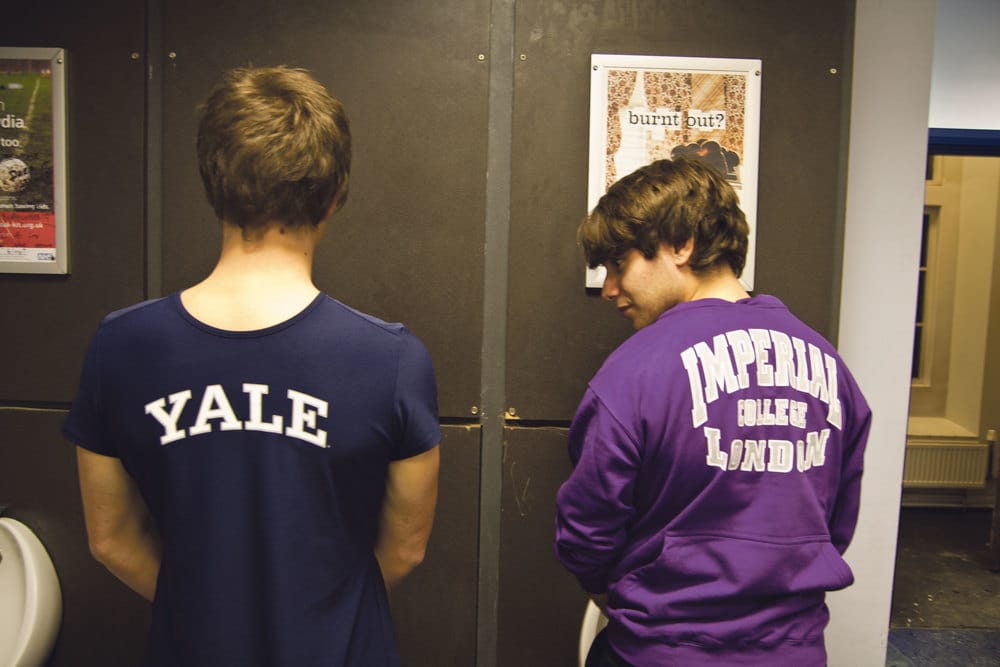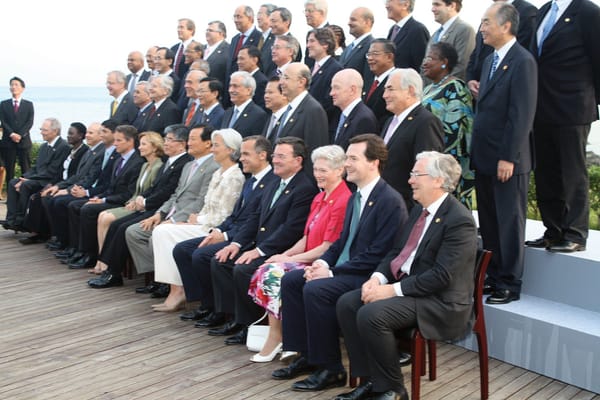Imperial needs to start raising serious money
Changes to university funding require Imperial to act fast

Imperial College has long wished and pledged to be among the world’s elite of academia, continuously making the assertion that it can stack up proudly against the financial mammoths that are the top American universities, Oxford, and Cambridge. Its literature certainly highlights the College’s prominent and ubiquitous presence in national and international rankings of universities. Already on-going is a race to the top, and with the myriad of proposed changes to universities’ funding models, it is bound to become more ferocious.
The contentious Browne Review has once more brought into the spotlight the longstanding and polarising issue of higher education funding. The fact that it was even commissioned in the first place highlights the very grave status of university funding, especially in these difficult financial times, in which austerity is the mot-du-jour. Despite loud protests by many, there is a growing sentiment that students need to start taking more financial responsibility for their education and the value they attach to it. There seems to be an increased understanding that those who benefit most from their degrees should be sharing the financial burden of undertaking them with the rest of the taxpaying population.
While the news of a potential trebling of fees have galvanised many to take to the streets in protest, the Imperial College Union Council has recently passed a policy that supports the broad recommendations of the Browne review, although it did highlight some of its drawbacks. The Union is not alone in recognising the difficulties that lay ahead. The College has officially acknowledged that “storm clouds are gathering” and that there has been a “growing concern” regarding the “inevitability of reductions in public spending”.
When the College’s latest Annual Report and Accounts (2008/2009) went to press, close to half of Imperial’s total income appears to be originated from pure-play government sources with the income derived from endowment investment coming to a mere 2% of the total. This is very different to the way Cambridge operates, where over 80% of its total income is made up of its endowment.
Endowments have not traditionally been relied upon by most UK universities as public institutions, since much of their income comes from public bodies. In the United States, most of the top institutions are completely private and independent institutions that have zero need for the federal government, and are therefore exclusively reliant on their endowments and by default, their alumni. The Adam Smith Institute has advocated that universities should move towards an endowment-based model, presumably in order to downplay the financial sensitivity of institutions’ income to government changes.
The Adam Smith Institute has advocated that universities should move towards an endowment-based model
Regardless of the funding model each university chooses to adopt, what genuinely matters is their total income. A higher total income is a catalyst that stimulates better research, affords better facilities, captures more talented staff, and chiefly, it ensures an institution is able to offer need-blind financial assistance in the form of merit scholarships and income-assessed bursaries, guaranteeing that anyone who is academically capable of attending the institution is able to do so without the fear of insurmountable debt.
Imperial College’s total funding, is about £780 million which includes its small endowment of £56 million. Barring University College London, this is by far the smallest sum of any university in the World Top 10 as ranked by the Times Higher Education Supplement. Were there an award for the world’s most prosperous university, Harvard would be the reigning champion with an endowment worth an estimated £17bn, while in the UK, Cambridge would take this prize with total funding totalling circa £5bn. Imperial’s US equivalent, the Massachusetts Institute of Technology rakes in close to £7bn. This begs the question of competitivity in the academic market-place to be raised. With vastly inferior sums of money, how can Imperial compete in attracting the foremost academics, and ensuring it is the choice of the brightest students worldwide?
It is no doubt that universities have found the urgent need to become more and more self-sufficient. The University of Cambridge was the first institution outside the USA to raise over £1bn from donations. The drive that was started in 2005 was completed two years ahead of schedule, partly thanks to donations from over 45,000 alumni. Not to be outdone by its archrival, Oxford University is treading similar waters and recently launched a bid to raise £1.25bn. In stark contrast, Imperial has raised £4m in alumni donations since 2003; equivalent to just 1.6% of what Cambridge managed to collect. Clearly, Imperial needs to do something. While a drive on the scale of Oxbridge could prove to be somewhat megalomaniac and potentially unachievable, Imperial needs to do something significant. The University of Bristol has recently commenced a drive to raise £100million from its alumni, something the College could emulate.
The University of Bristol has recently commenced a drive to raise £100million from its alumni, something the College could emulate
While mostly desirable, this self-sufficiency does have its drawbacks. Harvard and Yale were deeply invested in the financial markets and were keen investors in hedge funds and private equity funds alike. During the turbulence of financial markets during the crisis, Harvard and Yale’s endowments suffered a tremendous blow, losing roughly 30% each for the 2008/2009 financial year, bringing them to a still impressive $26bn and $16bn, respectively. While American universities with smaller endowments saw a decrease in their total value, this was curbed by the fact that, proportionally, they held more cash than their Harvard and Yale counterparts. Imperial fared relatively well during this period, in both comparative and absolute terms seeing a growth of 11% in total income.
Imperial seems to be keenly aware of its financial shortcomings. The College has admitted in its financial report that it “has insufficient endowments on which it can rely to provide the necessary independence from external funding support”. It has also stated that there is a risk that it “will not be able to compete in the world’s premier league”, and that to do so would require an endowment “equivalent to other world-class universities”. It has also alluded to the possibility of a change in the makeup of the student body as it recently vowed to “keep under review the profile of the student body in the light of the need for financial sustainability”.
Imperial must challenge the way in which it has operated in the past and shift away from relying on fees to fund a significant portion of its operating costs.
Self-awareness seems to be Imperial’s virtue here. If the College steps up and puts on a stellar funding drive, its chances of getting to the end of the race unscathed and maintaining a place amongst the academic elite will be greatly increased.







